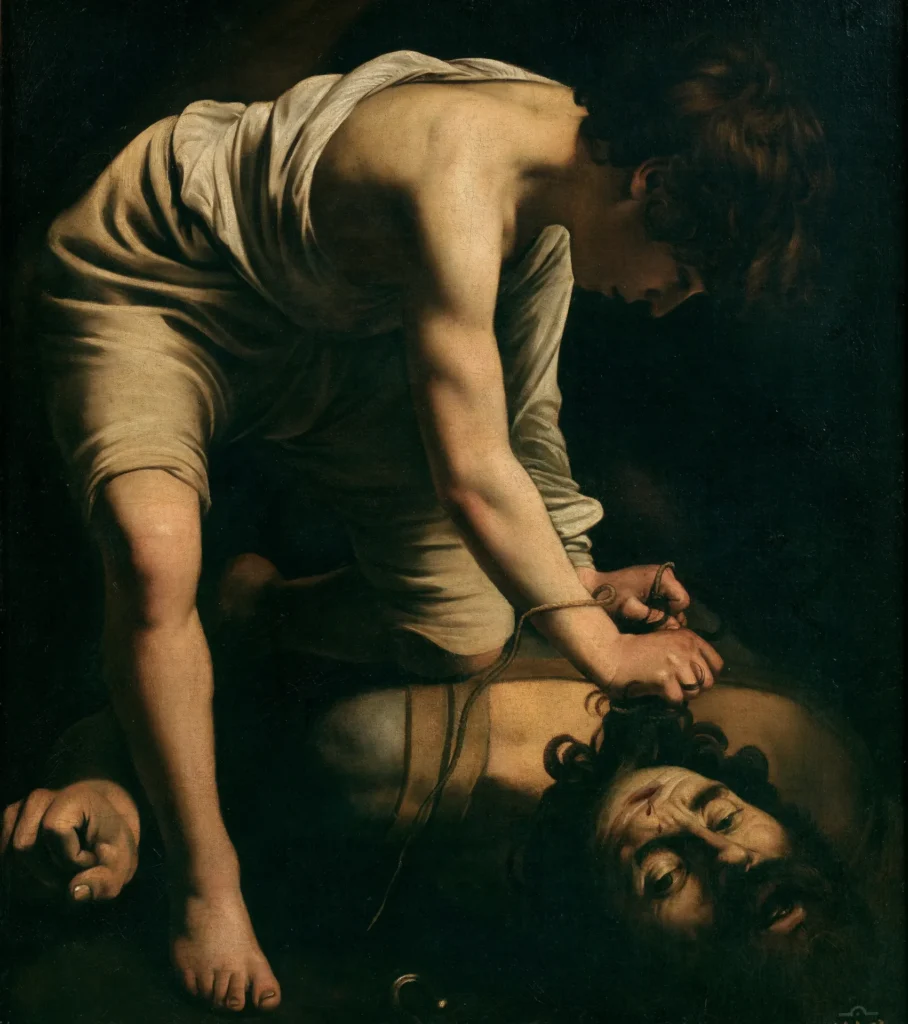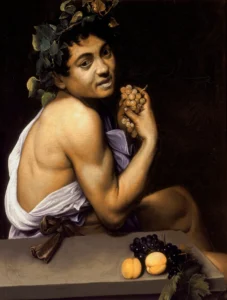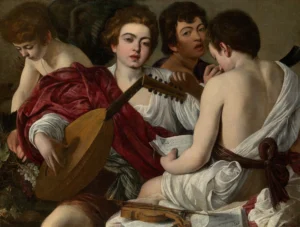David and Goliath (1600)
Caravaggio's David and Goliath. painted around 1600, captures a pivotal moment in biblical history with a unique perspective. The young David, gripping the severed head of the giant Goliath, is portrayed without the glories of victory—rather, the emphasis is on the personal confrontation and the gravity of death. The use of stark light and shadow enhances the emotional weight of the scene, showcasing Caravaggio's exceptional skill and early stylistic choices, which would later influence the Baroque period.
Early 17th Century, Circa 1600
About the Artwork
This striking painting was crafted during Caravaggio's formative years when he was under the patronage of Cardinal Francesco Maria Del Monte. At the time, it represented both a literal and metaphorical victory over darkness, encapsulated not in exuberance but in a somber contemplation of mortality and fate. Interestingly, this work does not feature Caravaggio's self-portrait as Goliath, which appears in his later rendition of the scene completed around 1610. This painting reveals Caravaggio's deep exploration of character and emotion, as well as his groundbreaking approach to realism, setting the stage for future generations of artists. Its relocation to Spain after its creation marked it as a significant influence on Spanish Baroque art, underscoring its importance in the larger narrative of art history.










